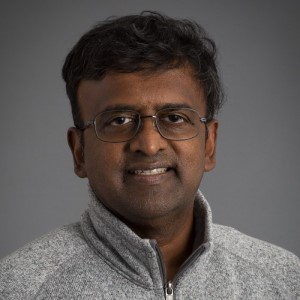 Vivek Prabhakaran, MD, PhD contributes his expertise in neuroradiology to a new study examining why Native Americans in Wisconsin face disproportionately high rates of stroke.
Vivek Prabhakaran, MD, PhD contributes his expertise in neuroradiology to a new study examining why Native Americans in Wisconsin face disproportionately high rates of stroke.
The project, led by UW Department of Neurological Surgery Chair Robert Dempsey, MD, brings together members of the Oneida Nation and a team of researchers from the UW School of Medicine and Public Health.
The study aims to measure health factors in younger tribal members. Ultrasound scans will check for plaque in the carotid arteries, which supply blood to the brain. In addition, MRI scans will track brain changes that may show signs of increased stroke risk.
“We hope that understanding the root causes of stroke risk disparity in this community will lead to more biomarkers to target in terms of future stroke preventive measures,” said Dr. Prabhakaran.
The research builds on an earlier study the university and Onieda Nation partnered on, which found about 80% of tribal elders had atherosclerotic plaque, and more than half were obese and had diabetes. The tribal elders also showed high levels of inflammatory proteins that can damage blood vessels and accelerate atherosclerosis.
Native Americans face the highest stroke risk of any racial group in the United States, which researchers link to chronic stress and intergenerational trauma. The study conducted by the university and Oneida Nation will explore how stress, historical loss and food sovereignty contribute to the onset of stroke risk factors.
Though focused on a small population, the project will provide preliminary data for a larger National Institutes of Health (NIH) study supported by 11 Great Lakes Tribal Nations. The goal is to shape culturally sensitive approaches to reduce stroke risk in Native Americans.
“It’s a population that is unique in Wisconsin,” said Dr. Prabhakaran. “We need to be respectful of the Indigenous community’s system of beliefs and practices while conducting the study.”